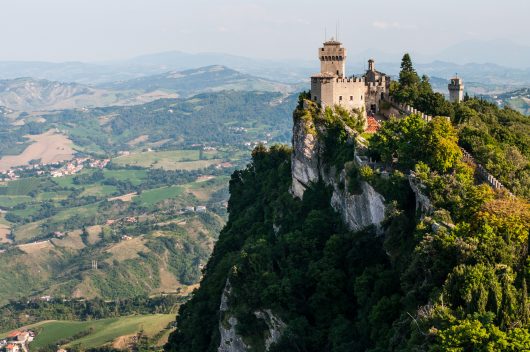5 Facts About Education in San Marino

Founded in 301 AD, San Marino is one of the world’s oldest republics while also being the smallest independent nation in Europe. The estimated population of San Marino is 30,000. Located in Central Italy, San Marino is blessed with an immense amount of beauty ranging from Mount Titano of the Apennine Mountains, to the Adriatic Sea, which is visible from the northeastern side of the country.
Although San Marino is small in size, it has proven to be successful as a sovereign state. San Marino has flourished with a tourism sector responsible for 50 percent of the national income, social development programs that encourage equal employment opportunities for women, and education in San Marino is mandatory for children from the ages of six to 14.
5 Facts About Education in San Marino
- Education in San Marino has a similar curriculum to Italy. Children are able to attend nursing schools as early as three months, and attend kindergarten schools at the age of three. By age six, children must enroll in one of the 14 primary schools San Marino offers. After five years of primary school, secondary schools consist of 32 hours of class each week, from Monday to Saturday. Children who finish secondary schooling have the choice to enter high school, which introduces students to a variety of courses, including humanities, modern language, and economics and management. All schooling from nursery school to high school is free.
- According to the World Bank, San Marino primary schools subscribe to smaller classroom sizes, with six students per teacher. This is one of the lowest student to teacher ratios in the world, and half the size of the median for other Southern European countries. San Marino credits its small classroom sizes with the success of its students’ high grades, supported by the 98 percent literacy rate among adults.
- The majority of students who graduate from secondary school pursue enrollment at universities in Italy, all of which recognize San Marino diplomas as respectable education accomplishments. The University of the Republic of San Marino is the country’s only higher learning institution, but it also has a number of vocational training institutes. Established in 1980, these vocational training institutes take an non-traditional approach to education, specializing in a prioritized curriculum that focuses on communications, historical studies, biomedical studies and civil engineering.
- Citizens in San Marino who aim to become teachers must take various courses, including psychology and general culture. According to a 2012 survey conducted by NationMaster, San Marino has 8.03 primary teachers per 1000 citizens, ranking 22 in the world.
- San Marino was one of the many European countries positively impacted by an educational reform called The Bologna Process. Proposed in 1998, it initially consisted of France, Italy, Germany, and the United Kingdom in pursuing higher education reform. Since then, The Bologna Process has established 49 higher education systems and admitted 48 other European countries, including San Marino. Among the advancements in education provided by the Bologna Process, it also helped improve the economic and social development of San Marino.
Although education in San Marino has proven to be successful with required schooling and an adult literacy rate of 98 percent, there is still room to make improvements. Education in San Marino has maintained a level of excellence that has paved the way for an optimistic future.
– Patrick Greeley
Photo: Flickr
